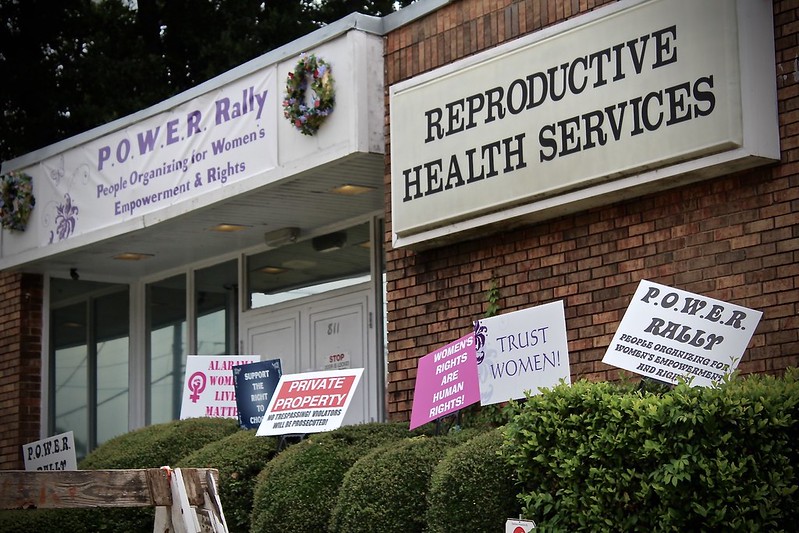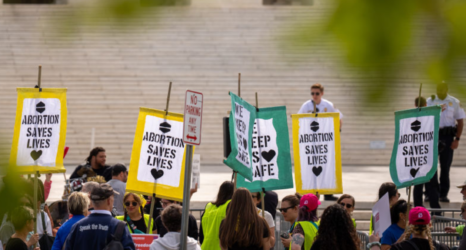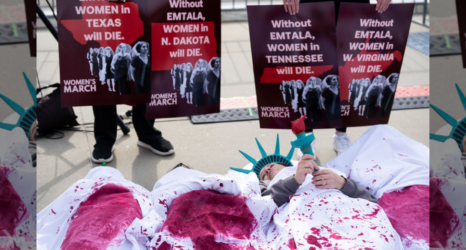Prioritizing specificity in the language we use regarding gender can help us become more inclusive—not just in research and clinical spaces, but also in our day-to-day lives.

My organization, Ibis Reproductive Health, recently received criticism on social media for using the term “pregnant people” rather than “pregnant women” when describing the harm caused by gestational age limits on abortion. The critics felt we were alienating women. However, cisgender women are usually the focus of conversations around abortion, though transgender and nonbinary people access reproductive health services, including abortion, every day. We are the ones being alienated.
Transgender is an umbrella term that describes a person whose gender identity differs from, or is not exclusively the gender commonly assumed for, the sex they were assigned at birth—cisgender is a term that describes a person who identifies with the gender commonly assumed for the sex they were assigned at birth. While often erased, transgender, nonbinary and gender-expansive (TGE) people are thought to make up at least one out of every 200 people in the United States, with that ratio increasing markedly among younger age groups.
Evidence shows that TGE individuals face significant barriers to accessing general health care. When it comes to sexual and reproductive health (SRH), the reality is particularly bleak. Even when TGE individuals are able to access care, appropriate and affirming care is rare. High rates of discrimination, denials of care, and limited provider knowledge often lead to TGE individuals experiencing delays in care and receiving inaccurate health information. Intake forms and signage advertising “women’s health” services and medical language that uses pronouns such as “she” and “her” alienate many transgender people while often excluding transgender women.

Providers may also make incorrect assumptions about relevant experiences and needs. For example, research indicates that TGE people may have unique priorities for contraception and abortion care, such as a high preference for privacy, cessation of periods and autonomy in method choice. Thankfully, recent research that centers around TGE people can offer insight into how contraception and abortion care, essential components of comprehensive reproductive health care, can be improved to be inclusive of TGE needs and preferences.
One of our recent areas of focus is the need for gender-inclusive language in both research and clinical spaces. Exclusive language and assumptions about gender leads to inaccurate data, lower quality science and worse health outcomes. In research settings, defaulting to the use of gendered language—“women,” “men,” “she,” “him,” etc.—can lead to problematic assumptions regarding eligibility criteria.
For instance, incorrectly assuming that research participants described as ‘women’ only include cisgender women, may exclude TGE people for whom the research is relevant. Similarly, in clinic settings, language that conflates gender and sex assigned at birth, can lead to inadequate or inappropriate screening and treatment for certain outcomes, including organ-dependent cancers, resulting in higher rates of cancer among TGE people.
Furthermore, TGE people may not feel comfortable disclosing their sex assigned at birth. With simple changes to intake forms, and language used by staff and clinicians, clinical spaces can improve the accessibility and quality of SRH care for TGE people.
Looking forward, prioritizing specificity in the language we use regarding gender can help us become more inclusive, not just in research and clinical spaces, but also in our day-to-day lives. I find the criticism we received for using gender-inclusive language both hypocritical and violent. That pregnancy is an experience of cisgender women has never been contested, but this advocacy for women to be centered in that conversation seems to weaponize a distorted feminist logic against trans people.
Feminism or gender equity to me means supporting the most intersectionally marginalized first. Focusing only on cisgender women in conversations around pregnancy and abortion is a reproduction of gender-based discrimination against another more marginalized group of individuals in the name of “feminism.”
Building inclusion and acceptance of all gender identities in the health care setting could inspire increased inclusion and acceptance in broader social settings, ultimately, making the world a kinder, safer, more equitable place. Isn’t that what feminism is supposed to be about?
Up next:





